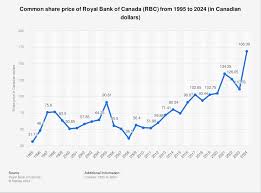
Introduction
In a world increasingly characterized by globalization and international relations, understanding the differences between nations is of paramount importance. This analysis focuses on Canada and Guatemala, two countries that exemplify striking contrasts in geography, economy, and culture. As both nations navigate the challenges of the 21st century, recognizing these differences sheds light on their unique contributions to the global landscape.
Geographical and Demographic Overview
Canada, the second-largest country in the world, spans over 9.98 million square kilometers and boasts a population of approximately 38 million. It is known for its diverse landscapes, ranging from majestic mountains to vast prairies and extensive coastlines. In contrast, Guatemala is significantly smaller, covering around 108,889 square kilometers, with a population of over 18 million. It features a mix of mountains, volcanic regions, and rainforests, contributing to its rich biodiversity.
Economic Landscape
The economies of Canada and Guatemala present a glaring contrast. Canada has a highly developed and diverse economy, ranking as the 10th largest in the world. It benefits from abundant natural resources, including oil, minerals, and timber, and has a robust service sector. In 2022, Canada’s GDP was approximately $2.14 trillion USD.
On the other hand, Guatemala is classified as a developing nation with a GDP of around $86 billion USD. The economy relies heavily on agriculture, with key exports including coffee, sugar, and fruits. However, it faces challenges such as poverty levels above 59% and a high unemployment rate. These economic disparities highlight the need for ongoing development and support for Guatemala.
Cultural Insights
Culturally, Canada is known for its multiculturalism and bilingualism, with English and French as official languages. It is home to a mix of Indigenous cultures and immigrant communities that contribute to its rich cultural tapestry. In contrast, Guatemala has a predominantly mestizo population, with a significant number of Indigenous groups maintaining their languages and traditions. The country is celebrated for its historical Mayan heritage, colorful textiles, and vibrant festivals.
Conclusion
Comparing Canada and Guatemala provides an insightful look into how geographical, economic, and cultural factors shape nations. While Canada enjoys the benefits of a developed economy and diverse cultural landscape, Guatemala continues to face significant challenges but also holds immense potential for growth and development. Understanding these differences is crucial for fostering better international relations and collaboration between the two nations. As we move forward, continued dialogue and exchange of ideas can help enhance cooperation, benefiting both countries in the global stage.

